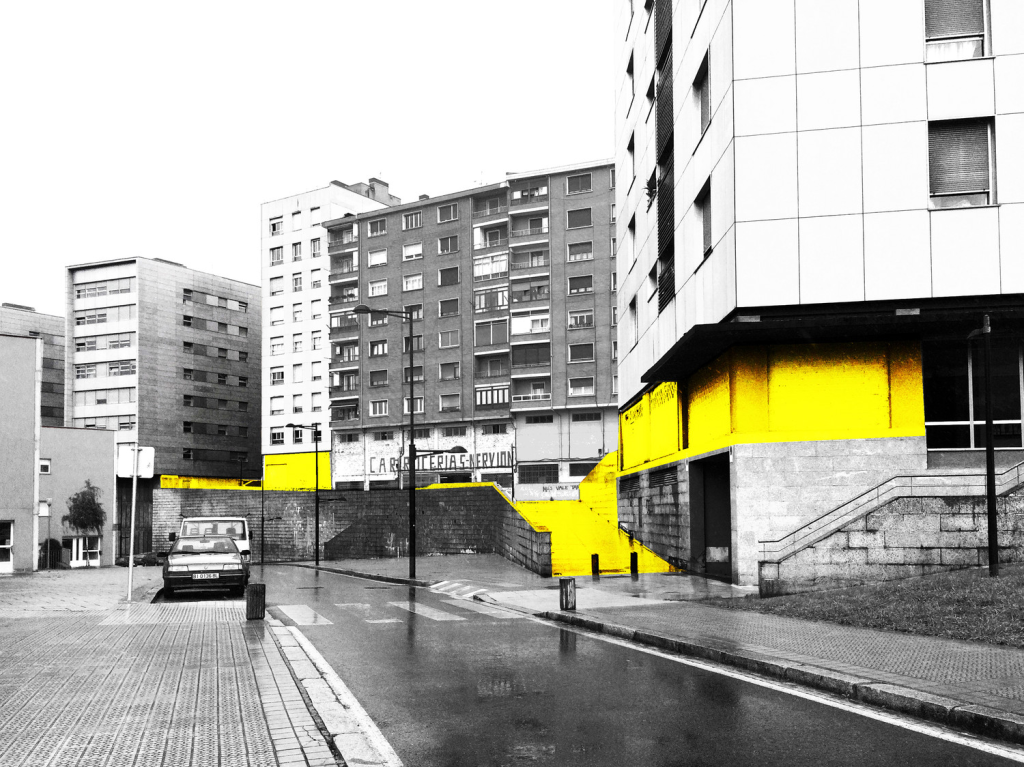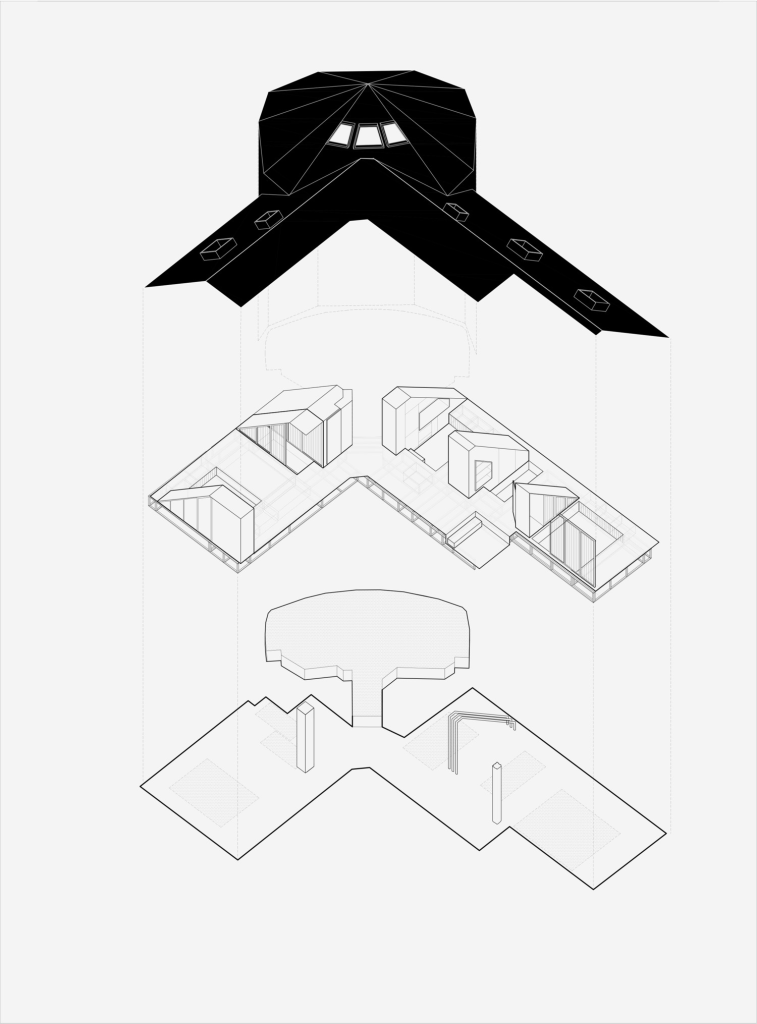When we talk about the domestic issue within the architectural practice, immediately the housing topic comes up. Even though the practice itself implicitly implies in one way or another the definition of ‘domesticity’ in any architectural field, it seems that is in the house where it comes more palpable.
The production of housing is highly standardized (the program, the dimensions, the constructive parameters). We commonly turn to to the argument of the obligation that derives from the regulations to justify the monochrome ‘market’. The banality and the uniform narrowness to which the housing project has been reduced seem almost impossible difficulties to overcome. And unless dealing with a cultivated private developer, promotions beyond the established script will be an exception.
Working in two extreme cases has led us to reflect about which are the parameters that we consider indispensable in the construction of the ‘house’. Both are interventions in spaces that originally were not conceived neither built as a house.
In the case of the 100.60 apartment the space under the sloping roof has no visual contact with the street. It is the attic with no projected use when it was built in 1920.
In the case of Loft Study House project the intervention transforms into public rent dwelling vacant ground floor commercial properties in non-central urban environments. An urban revitalization strategy where the standard project of dwelling block with a plinth for commercial use has failed. Contradicting the given solution that has served for decades as an unquestionable guarantor of urban growth with a continuous street section that relies on the retail ground floor as the standard answer for city extensions based in the compatibility of uses and the ease development with a low complexity index.
As a result of the economic crisis of the last decade we look with another perspective at these vacant spaces that have not yet been occupied. They allow us to encourage revitalization in large urban areas replacing walled fronts that sadden our neighbourhoods (with a narrative of temporariness and failure) by inhabited fronts. These interventions open up new perspectives of use and occupation of the street, of the public space. Here the domestic issue contributes to consolidate the urban enviroment, the sense of belonging to the community and affirm the vitality of common spaces.


As a result the first reflection is related to the context. The project of the house, like any other, is closely linked to the context in which it is inserted. It is obvious that the dwelling projects build the city. However, it gives the impression that sometimes we forget this ability to define the public space and the street that the housing projects have. The space, whether indoor or outdoor, is enriched through relationships. What is there in the street where retail facades are not extended to? Or where there is no public open lobby? If the answer is an opaque closure, we surely will not want to be out there, we probably will not hang around and rarely we will think about partying around there.
So in both cases we work to assure that the indoor space has visual contact with the street. We believe that a measure of the domestic space quality is the relation of the interior mood with the outdoor environment. The urban intervention in dwelling buildings where only a small private part is transformed implies a limited influence, notwithstanding the powerful transformation an open renovated façade is for the pedestrian space. The definition of filter spaces and multi-layered facades, where greenery also fits, allows residents on ground floor to combine privacy with the desired visual contact with the open space. Without subjecting the climate of comfortable domesticity (bright, airy, related, placid) to the necessary search for intimacy.
The definition of filter spaces and multi-layered facades, where greenery also fits, allows residents on ground floor to combine privacy with the desired visual contact with the open space. Without subjecting the climate of comfortable domesticity (bright, airy, related, placid) to the necessary search for intimacy.
In the same way, in the opposite case of the 100.60 apartment, raising the floor, in addition to eliminate existing segregating level differences, returns the street vision through the roof skylights, the only window opening in the house.
It is about guaranteeing direct contact with the street as a measure of health for the home and also for the street. Understanding health in its positive aspect, a state of physical, mental and social well-being. An opportunity for the emotional development of the residents. And in no case give up enriching the inner intimate atmosphere with maximum optimism through illumination, ventilation and desirable views.
In the case of LSH, it is a question of confronting the definition of the house in a balance between the considerations on security against intrusion and comfortable habitability. A bunkerized design, that in its zeal to protect intimacy completely closes the straight view, will emphasize the message of insecurity by formalizing the response as a reaction to a supposedly hostile environment. In a bunker solution it is possible to think that the inhabited place is harsh and residual. And the positive influence of the inhabited front on the street is lost by completely denying the relationship with the outside. That is why the constructive elements which function is to guarantee the security of the dwelling are treated with the same criteria of composition and domestic harmony as the rest.
Confort.
Regarding the program it is indisputable that the regulations define limits. Also it is that the residents’ characteristics are multiple. The current tendency is to eliminate every ambiguity (everything has to be useful according to a simplistic criterion) may be constraining a more versatile, more spontaneous and full-fledged use by each user.
In this sense, providing a certain neutrality in the definition of the components of the house as well as in the relations between them can be the way to leave the door open to each resident to finish making their house. Uncategorized surfaces that can be used differently or for different functions.